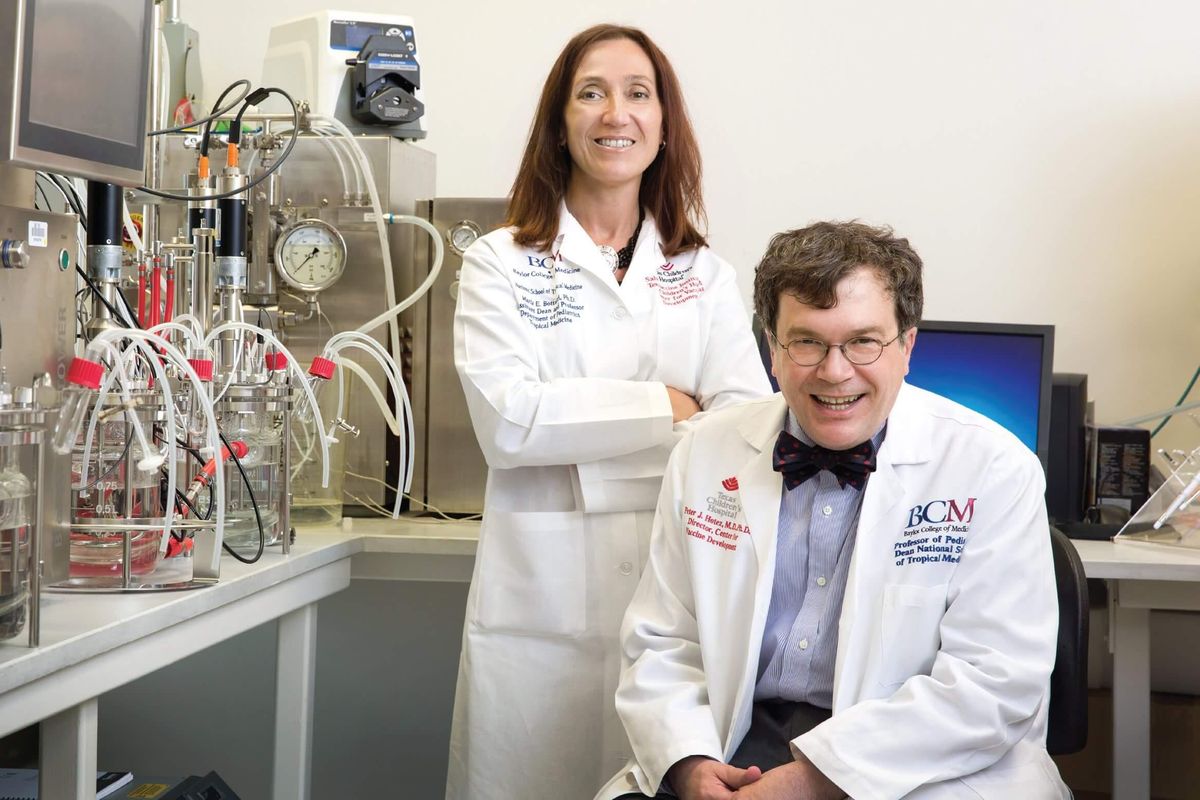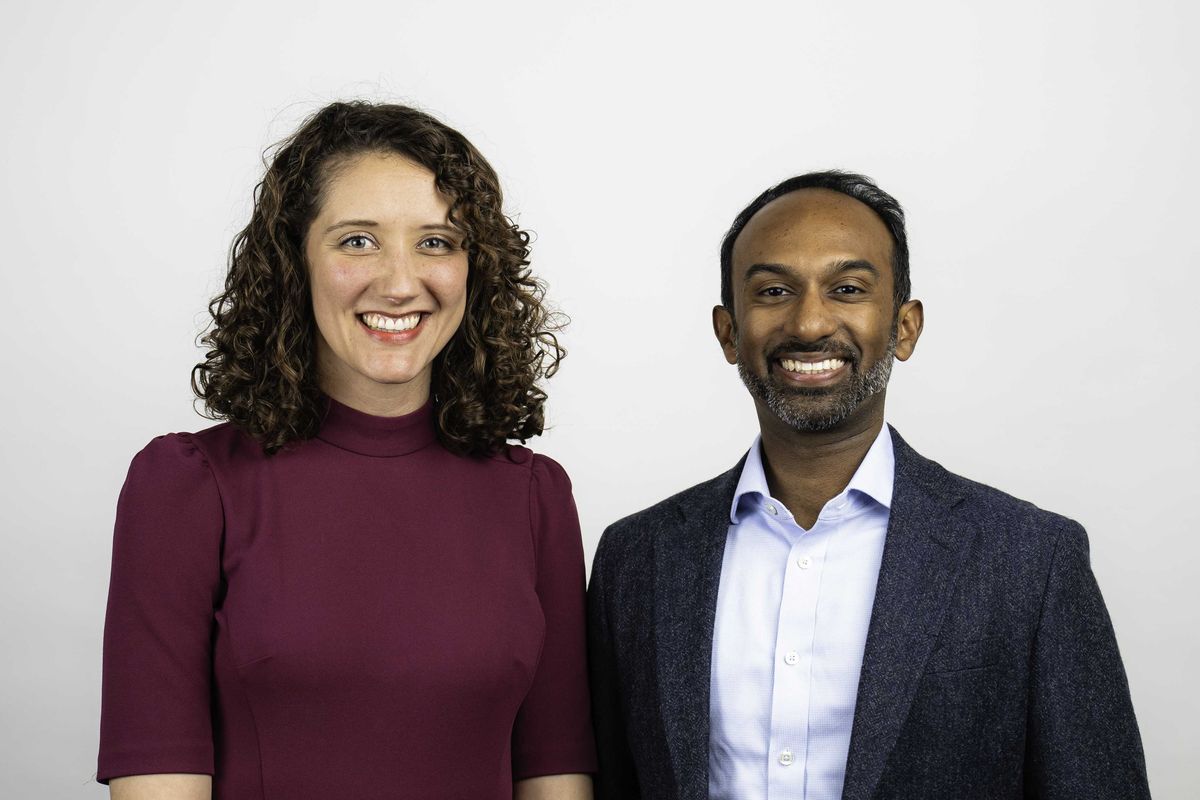Texas doctor dives into Shark Tank with invention that stops hiccups
shark bait
Humans are weird. Take, as a perfect example, the phenomenon of hiccups — the sudden and involuntary spasm of the diaphragm muscle between regular breaths. All humans experience them, and so do other mammals and even amphibians. But we’re guessing other animals don’t approach treating hiccups in the wacky ways humans do.
For instance, some less-than-successful hiccup remedies of lore include sipping water upside down (and subsequently trying to not drown), holding one’s breath for a long time (and often hiccupping throughout the hold anyway), sucking on a peppermint, gagging oneself or pulling on the tongue, and even gobbling up a spoonful of peanut butter to help change the breathing and swallowing pattern.
The truth is those ideas are mostly a waste of breath. Luckily, one San Antonio doctor has invented a device that supposedly instantly relieves hiccups — and his invention is getting so much attention that he’s even hooked a chance to pitch the product on a new episode of ABC’s entrepreneurial-focused reality show, Shark Tank.
Dr. Ali Seifi, a neurointensivist at UT Health San Antonio and the inventor of the aptly named HiccAway, will appear on an episode of Shark Tank that airs tonight, January 21 at 7 pm.
HiccAway, a straw-like device that a hiccup sufferer uses to sip water through, is likely to wow the sharks — maybe even take their breath away? — as it is the world’s first scientifically proven medical product that safely relieves hiccups.
In fact, HiccAway was recently the subject of an article in JAMA Network Open, a publication of the Journal of the American Medical Association Network. The article addresses a four-month cross-sectional study of 249 participants from multiple countries that found that HiccAway stopped hiccups in almost 92 percent of cases and was rated a heck of a lot more favorably than home remedies.
“I believe that the science behind our product is what makes our product trustworthy and reliable. There are many hiccup remedies that are all hit and miss with no exact science to them,” Seifi says. “Some healthcare products claim they can cure a medical condition, but they don’t have scientific backup to support the product. I can confidently state that HiccAway is one of the few products on Shark Tank so far with a strong published research study as a backup.”
While hiccups are simply an annoyance for most of us, they can also be chronic for patients with cancer, meningitis, multiple sclerosis, stroke, traumatic brain or thoracic injury, and even for patients who have had surgery that requires anesthesia.
“After I witnessed my own neurology patients suffering from hiccups without an effective treatment, I was inspired to develop a safe and effective device that would be simple to use and easily available to all people,” Seifi says. “When you forcefully sip water through the device, it keeps the phrenic and vagus nerves occupied, so they don’t have enough time to cause unwanted spasms in the diaphragm. This interruption stops the hiccups.”
While the HiccAway device is already available to purchase through hiccaway.com and on Amazon, as well as at walmart.com and even in H-E-B stores throughout South Texas and at heb.com, Shark Tank (which boasts a viewing audience of about 7 million) could propel HiccAway and Seifi into a new realm of entrepreneurial success.
“For me, the experience was surreal,” says Victor Fehlberg, president and CEO of Higher Innovations Inc., which manufactures and distributes HiccAway from the Denver area. “It took so long to prepare, so much time was spent waiting, that when the pitch and appearance were finally recorded, it went too fast. It was like I was dreaming because it had been so long in the making.”
The Shark Tank appearance is likely a dream come true for Seifi and the HiccAway team — and a total breath of fresh air for the hiccup-suffering public.
------
This article originally ran on CultureMap.




















